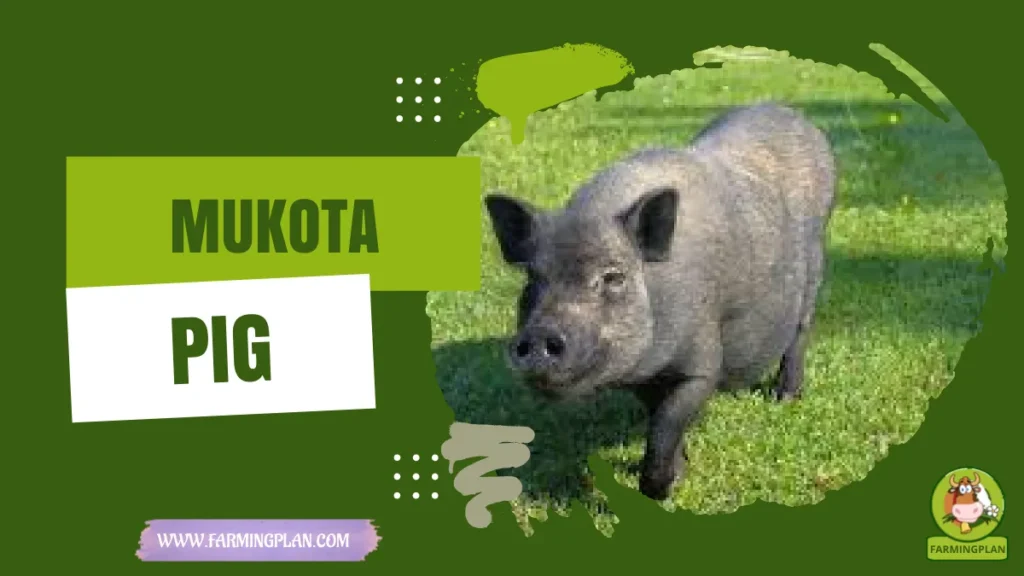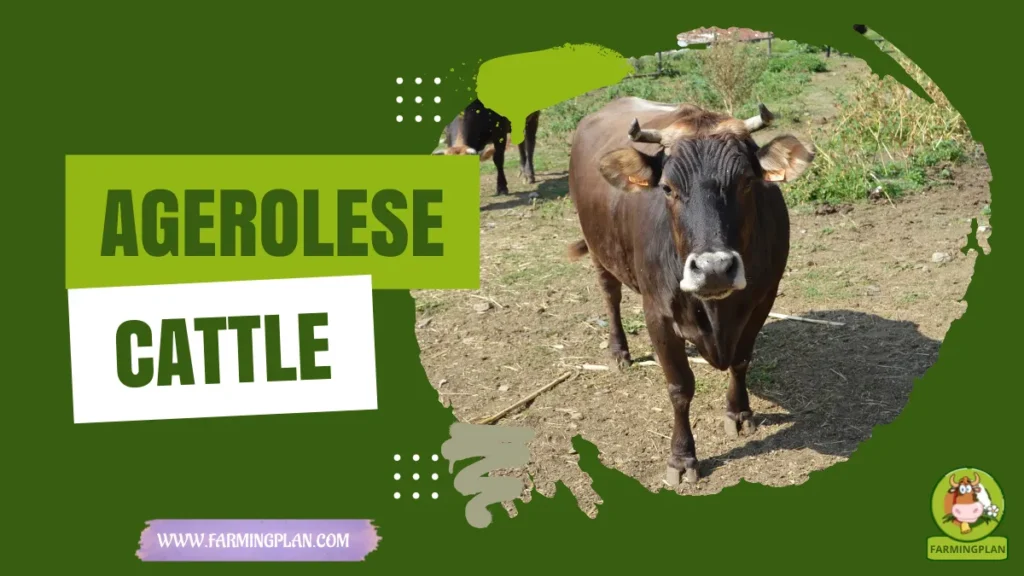The Cashmere Lop Rabbit is a charming and unique breed known for its beautiful, luxurious coat and distinctive lop ears. This medium-sized rabbit, with its affectionate and gentle nature, makes an excellent pet for families and individuals alike. Originating from Wales, the Cashmere Lop has quickly gained popularity due to its playful personality and stunning appearance. However, owning one requires some commitment, including regular grooming and providing proper care. In this article, we’ll explore everything you need to know about the Cashmere Lop Rabbit, from its history and characteristics to its health care needs and ideal living conditions.
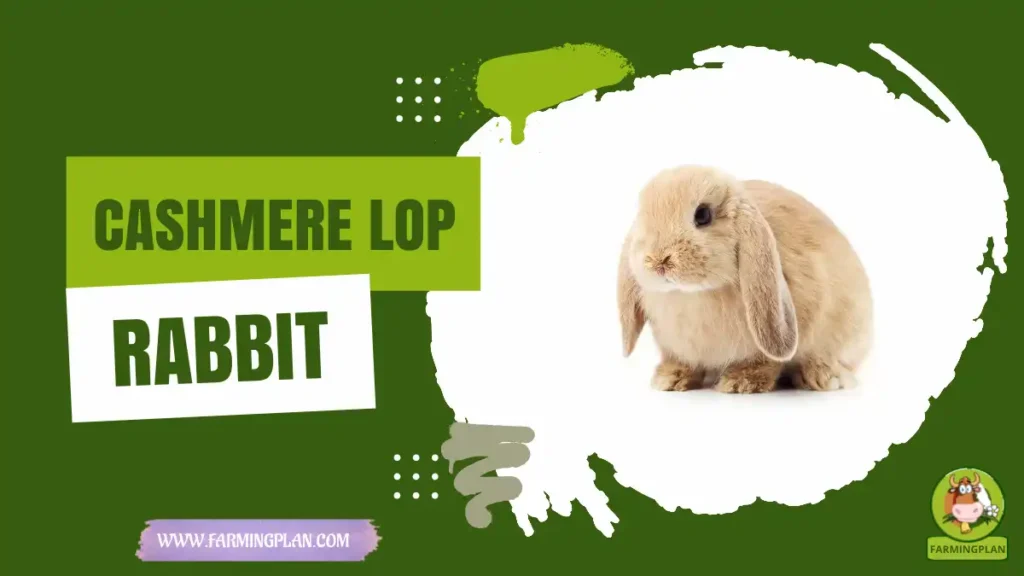
History & Origin
The Cashmere Lop Rabbit is a relatively modern breed of rabbit, first developed in the United Kingdom during the 1980s. Rabbit breeders noticed that some Miniature Lops started showing longer, softer fur. These long-haired babies were the start of something new—what would soon be called the Cashmere Lop.
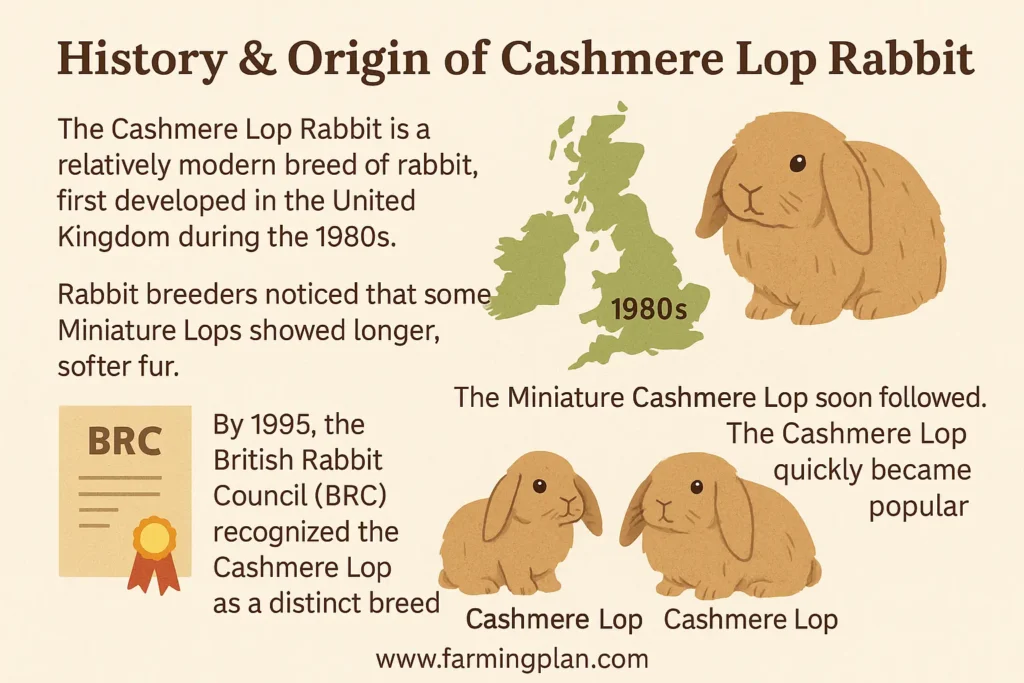
Originally, the breed was not recognized officially. But thanks to its dense coat and adorable lop ears, breeders began to refine and promote it as a distinct rabbit breed. By 1995, the British Rabbit Council (BRC) formally recognized the Cashmere Lop as a medium-sized rabbit breed.
Soon after, another version, the Miniature Cashmere Lop, emerged and gained its own popularity. While these rabbits were once rare and mostly bred by specialists, their charm quickly won hearts in pet shops, rabbit shows, and private breeders across the UK and beyond. Today, the Cashmere Lop stands out among domestic rabbits for its beautiful rabbit coat, sweet nature, and growing popularity in rabbit-loving communities worldwide.
Characteristics
The Cashmere Lop Rabbit is known for its luxurious, dense coat and floppy ears that make it look like a real-life plush toy. As a medium-sized rabbit, it usually weighs between 4.5 to 5.5 pounds, making it compact but sturdy enough for easy handling.
One of the most eye-catching features is its soft, long hair, which requires regular grooming to prevent mats and tangles. The coat comes in a variety of colors, including agouti colors, cinnamon, and more unique shades like chinchilla, giving each rabbit its own special look. They have a compact size with a rounded head, short neck, and strong legs. Their eyes are often bright and expressive, adding to their charm as a lovable rabbit breed.
Subtypes & Coat Varieties
Some even have curly coats, although this is less common. These beautiful rabbit breeds are a hit in rabbit show competitions, where coat quality and color variety really shine. Their coat density can be prone to tangles or health issues if not cared for properly, which is why consistent rabbit grooming is a must.
There are two main coat types:
- Standard Cashmere Lops: Slightly larger with a longer coat
- Miniature Cashmere Lops: Smaller in size but just as fluffy
Nature & Temperament
The Cashmere Lop Rabbit is one of the most gentle and lovable rabbit breeds you can find. Known for its cheerful personality, this clever rabbit breed gets along well with both humans and other pets—making it perfect for families and even first-time rabbit owners.
They are intelligent animals, often quick to learn routines and respond to gentle handling. Many owners say their Cashmere Lops follow them around the house or hop over when called—how cute is that?
These rabbits are natural prey animals, so they might be shy at first. But with a little extra attention and care, they become very affectionate. They enjoy company, cuddles, and gentle play, and they’re less likely to bite or act aggressively than some other rabbit breeds.
Best Home Environment
Cashmere Lops thrive in indoor enclosures where they feel safe, but they also enjoy playtime in secure outdoor areas. Since they are crepuscular animals, they’re most active during early mornings and evenings—perfect for school kids or working adults.
Social & Behavioral Needs
- They dislike being alone for long hours.
- Boredom can lead to destructive behaviors like chewing furniture.
- They enjoy puzzle toys, tunnels, and social interaction.
If you’re looking for a happy rabbit that enjoys cuddles, social time, and learning new things, this intelligent rabbit is a top pick!
Read More: Lionhead Rabbit Care Guide: Raise A Happy, Healthy Bunny
Food & Diet
Feeding your Cashmere Lop Rabbit the right way is key to keeping them happy and healthy. A proper diet helps their dense coat stay shiny and smooth while also supporting digestion and energy levels.

The Ideal Rabbit Diet
A balanced diet for a medium-sized rabbit like the Cashmere Lop includes:
- Unlimited fresh hay (like Timothy or Meadow hay) – it’s crucial for digestion and helps wear down teeth naturally.
- High-quality rabbit pellets – about 1/4 cup per 5 pounds of body weight daily.
- Fresh vegetables – offer leafy greens like romaine, parsley, and cilantro daily.
- Fresh fruit – give small treats like apple slices or banana only a few times a week.
Important Feeding Rules
- Keep clean water available at all times.
- Avoid iceberg lettuce, sugary cereals, and human snacks.
- Feed from a clean food bowl to avoid mold or bacteria.
Seasonal Adjustments
In warmer months, offer juicy veggies like cucumber or melon (in small amounts) to help with hydration. During winter, focus more on fibrous hay and warm indoor setups to support their food drive.
Common Diet Mistakes
- Skipping hay: It’s essential—not just optional.
- Overfeeding pellets: Leads to weight gain and laziness.
- Ignoring coat health issues: A poor diet can make their coat dull or cause shedding problems.
Feeding your Cashmere Lop right means you’re helping them stay full of energy, free of health issues, and ready for a good cuddle.
Read More: Creme d’Argent Rabbit: Guide To Farming
Usage & Purpose
The Cashmere Lop Rabbit isn’t just a beautiful rabbit breed—it’s also a favorite for many different roles, from cuddly companions to competitive show stars.
A Popular Pet Choice
Most commonly, Cashmere Lops are kept as indoor rabbits. Their lovable personality, compact size, and soft, fluffy coats make them ideal for families, children, and first-time rabbit owners. They’re often described as cheerful animals that love attention and affection. Because they are clever and social, they can be litter-trained easily, making them one of the best choices for a pet rabbit living indoors.
Rabbit Shows & Competitions
Thanks to their gorgeous colors, dense coats, and floppy ears, Cashmere Lops are popular in rabbit show competitions. Judges often look at:
- Coat density and quality
- Color varieties like cinnamon, chinchilla, and agouti
- Overall grooming and health
Rabbit show competitors spend time maintaining their rabbit’s baby coat during early stages and perfecting their coat beautiful appearance for shows.
Outdoor Companions
Some owners keep their Cashmere Lops in outdoor hutches, but these rabbits need protection from direct sunlight, wind, and cold. They love spending time outside if the habitat is clean and secure, with plenty of space for natural behaviors like digging and hopping.
Read More: American Chinchilla Rabbit: A Delightful and Versatile Pet
Special Features
The Cashmere Lop Rabbit is more than just a fluffy face. This clever rabbit breed has some amazing features that make it stand out among all breeds of rabbits.
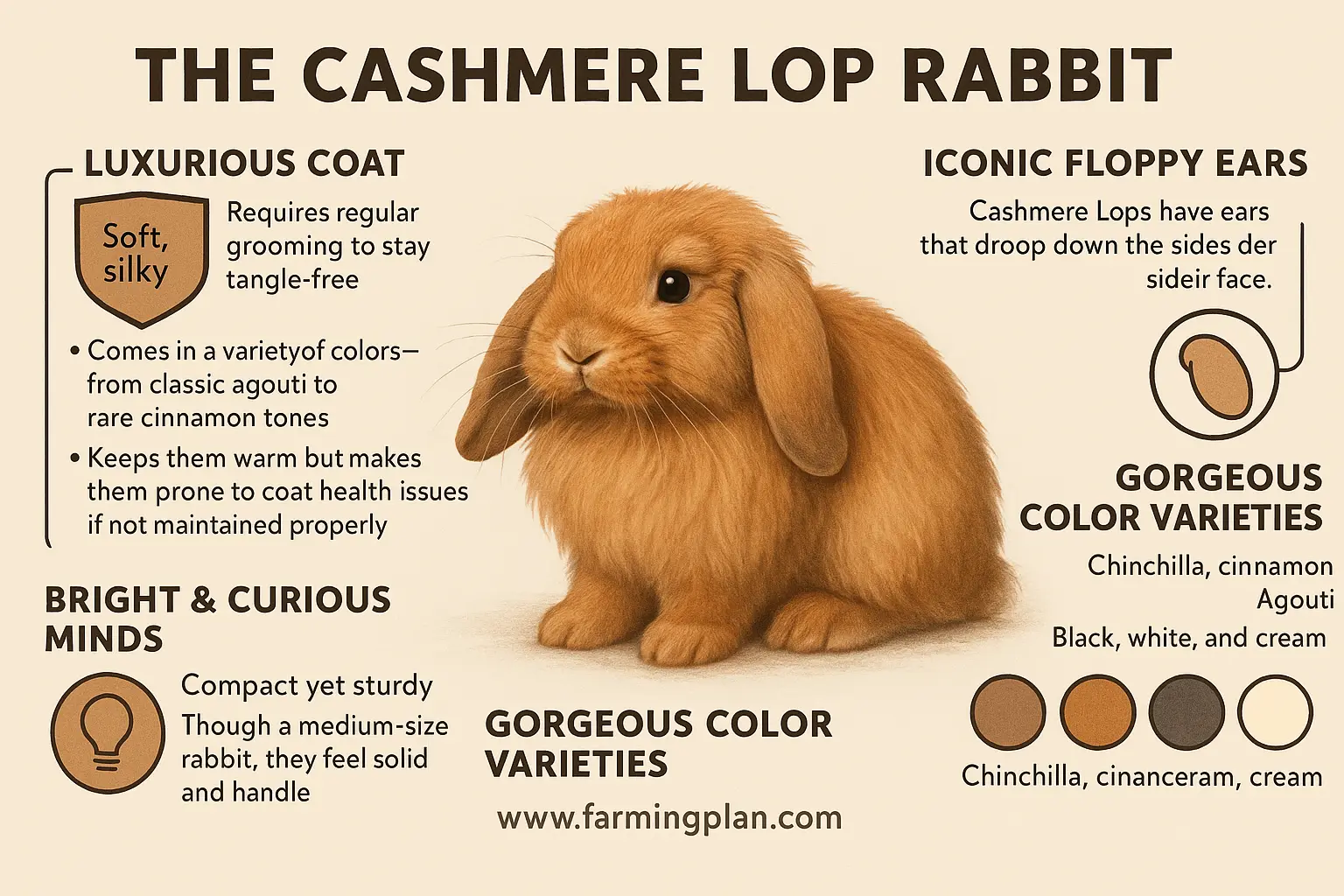
Luxurious Coat
The biggest wow-factor? That dense coat. It’s soft, thick, and often compared to long-haired animals like angoras. Unlike curly coats, the Cashmere Lop’s fur flows smoothly and feels silky to the touch.
- Requires regular grooming to stay tangle-free.
- Comes in a variety of colors—from classic agouti to rare cinnamon tones.
- Keeps them warm but also makes them prone to coat health issues if not maintained properly.
Iconic Floppy Ears
Like all lop-eared rabbits, Cashmere Lops have ears that droop down the sides of their face. It’s not just adorable—it also makes them easy to recognize in a crowd of rabbit breeds.
Bright & Curious Minds
This breed is known for being one of the more intelligent rabbits out there. They’re quick learners and love exploring their space.
Compact Yet Sturdy
Though a medium-sized rabbit, they feel solid and strong when held. Their compact size makes them easy to handle, especially for younger pet owners.
Gorgeous Color Varieties
Whether you’re a fan of beautiful colors or natural tones, this breed has it all:
- Chinchilla
- Cinnamon
- Agouti
- Black, white, and cream tones
Every Cashmere Lop Rabbit is like a fluffy work of art—no two are exactly alike.
Health Issues & Prevention
Even though Cashmere Lop Rabbits are generally healthy, their dense coats and lop ears can make them more prone to a few common issues. Knowing what to watch for and how to prevent it helps keep your rabbit happy and healthy.
Common Health Concerns
Here are a few health problems to keep an eye on:
- Ear infections: Those adorable floppy ears can trap moisture and dirt.
- Fur matting: If not brushed regularly, their coat can tangle and cause skin problems.
- Dental issues: Like all domestic rabbits, their teeth never stop growing.
- Flystrike: This dangerous condition happens if flies lay eggs in dirty fur or wounds.
- Obesity: Overfeeding or lack of exercise can lead to weight gain and sluggishness.
Prevention Tips
To avoid these problems, follow these simple tips:
- Brush daily to prevent matting and check the skin for signs of irritation.
- Clean their ears weekly with a damp cloth and check for redness or odor.
- Provide hay constantly to keep teeth worn down naturally.
- Keep the enclosure clean to avoid attracting flies.
- Let them hop and play outside their cage for exercise.
Vaccination & Parasite Control
In some areas, you may need to vaccinate your rabbit against diseases like:
- Myxomatosis
- Rabbit Hemorrhagic Disease (RHD)
Also, check your rabbit for ticks and fleas, especially if they go outside. Use only vet-approved treatments made for rabbits. Taking these small steps can make a big difference in your Cashmere Lop Rabbit’s life.
Step-by-Step Pet Owner Care Guide
Taking care of a Cashmere Lop Rabbit can be a fun and rewarding experience, but it does come with responsibilities. Here’s a step-by-step guide to ensure your bunny stays healthy, happy, and well-loved.
Step 1: Prepare the Habitat
Before bringing your Cashmere Lop home, make sure to set up a comfortable habitat. Here’s what you’ll need:
- Indoor enclosure: Choose a spacious cage or pen—at least 4×4 feet for one rabbit.
- Clean bedding: Use hay, straw, or paper bedding to keep them comfortable.
- Litter box: Rabbits are naturally clean and can be litter-trained easily. Use a non-clumping litter like paper or wood pellets.
Step 2: Feed the Right Diet
Ensure a proper diet by:
- Providing unlimited hay as their main food source.
- Serving high-quality rabbit pellets.
- Offering fresh veggies like romaine lettuce and parsley.
- Limiting fruits as occasional treats.
Fresh water should always be available.
Step 3: Regular Grooming
Cashmere Lops have luxurious coats that require attention:
- Brush daily to prevent mats and tangles.
- Trim nails every 3-4 weeks.
- Check ears weekly and clean if necessary.
Step 4: Daily Play & Exercise
Even though they’re a medium-sized rabbit, Cashmere Lops need space to hop and explore:
- Let them out of their cage daily for at least 2-3 hours of exercise.
- Create safe, bunny-proofed areas in your home or backyard.
- Provide interactive toys to stimulate their mind.
Step 5: Veterinary Care
Routine vet checkups are important:
- Annual exams: Check for signs of disease, tooth issues, and weight problems.
- Vaccination: Stay updated on any required vaccinations (like myxomatosis or RHD).
Step 6: Socialization & Bonding
Cashmere Lops are social animals and thrive on companionship:
- Spend time with them daily.
- Offer them a variety of mental stimulation through toys and interactions.
- Never leave them alone for too long—these lovable rabbits prefer constant affection
FAQ
What is a Cashmere Lop Rabbit?
The Cashmere Lop Rabbit is a medium-sized breed known for its dense, silky coat and distinctive floppy ears. Originating in Wales in 1980, it was discovered within a litter of Dwarf Lops, with some kits exhibiting longer, thicker fur.
How do I groom a Cashmere Lop Rabbit?
Due to their long, luxurious fur, regular grooming is essential. Brush your Cashmere Lop daily to prevent matting and tangles. Use a soft-bristled brush or comb to gently remove loose fur and keep their coat in good condition.
What should I feed my Cashmere Lop Rabbit?
Provide a balanced diet consisting of unlimited hay, fresh vegetables, and a small portion of high-quality rabbit pellets. Avoid overfeeding to prevent obesity and other health issues. Ensure they have access to fresh water at all times to keep them hydrated and healthy.
Are Cashmere Lop Rabbits good pets for children?
Yes, Cashmere Lop Rabbits are known for their friendly and affectionate nature. They can bond closely with humans and are generally gentle, making them suitable companions for children.
What are common health issues in Cashmere Lop Rabbits?
Common health concerns include dental problems, gastrointestinal stasis, respiratory infections, and obesity. Providing a balanced diet, regular veterinary care, and plenty of opportunities for exercise and mental stimulation can help prevent many health issues and promote overall wellness.
Conclusion
The Cashmere Lop Rabbit is a delightful companion known for its affectionate nature and distinctive appearance. With proper care, including regular grooming, a balanced diet, and regular veterinary check-ups, these rabbits can thrive in a loving home. Their friendly demeanor and unique features make them a popular choice among rabbit enthusiasts.

